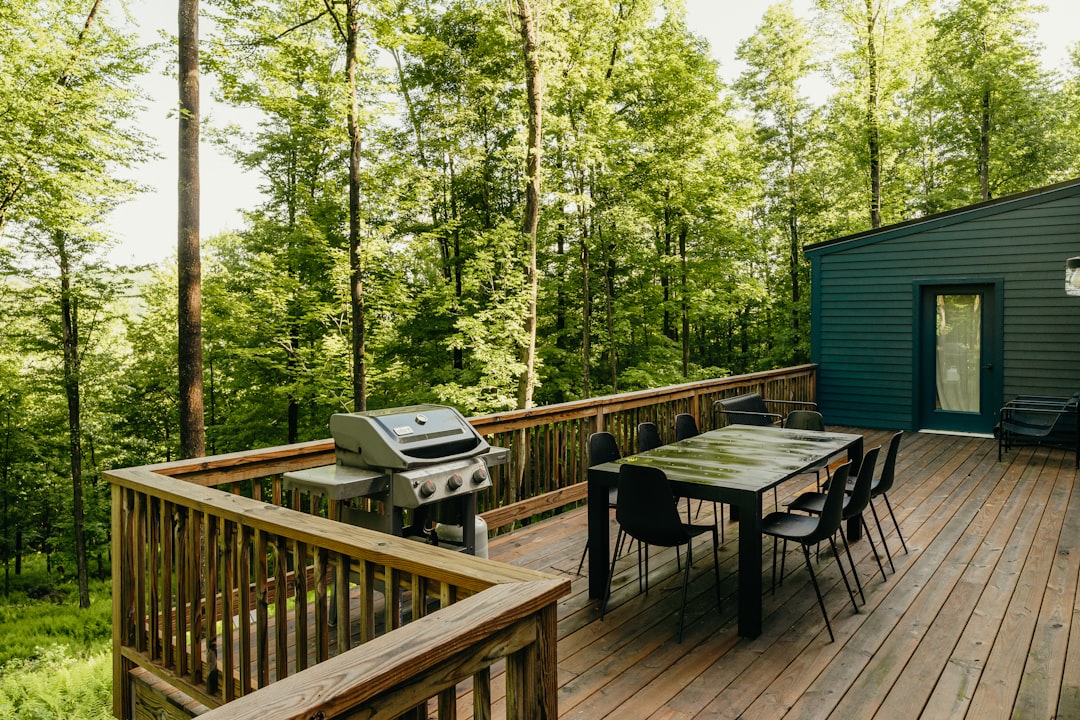Next to the plants in your front yard and your backyard, landscape materials are a major concern. Mulch, stone, soil, and gravel are called hardscaping elements for a reason. True, these landscape materials take the backstage to the flora in the garden.
However, without them, you can’t design a new outdoor space or overhaul the landscaping you already have. So here’s a short and sweet walk-through, from beginning to end. You just have to learn to use all your landscape materials effectively, to prop up the stars of the show.
Start by making a wish list—you can rein in your wildest dreams later, if you have to. Make a list no matter how long, of everything you want in your landscape. And by that, we mean your deck, patio, swimming pool, outdoor kitchen, edible garden, outdoor shower, veranda furniture, and your barbecue.
After noting down all the factors, it’s time to use landscaping wisdom from the experts out there. Doing so will help you separate the musts from the maybes. Remember the rule of three different colors in the landscape palette? Put this to the test against your list. Let the wisdom of the ages show you the way.
Whether you’re trying to develop a Japanese garden concept or an eclectic wildlife atmosphere, it’s important to see what has been done before so you might improve on it and make it your own.
Consulting design guides to see hundreds of images of garden spaces to find what you love, with an eye to style, colors, landscape materials, and furniture–can give you all the inspiration that you need. From there on, you’ll see certain themes emerge and before you know it, you’re ready to set your budget.
Where to splurge and where to save, that is the question. Some things worth spending on are a master plan, masonry to give your garden good foundations, quality materials to withstand the elements, intimate spots, and detailing. How to save: use gravel instead of pavers on paths; reuse existing materials such as bricks, stone, pickets, marbles, used tires, etc.
Follow the wisdom of buying small plants, and consult horticultural experts regarding how big these plants can grow. Then accessorize by using mix-and-match furniture.
Remember, small details can have huge impact. So make sure hardscape materials all work together, as well as complement your property’s roof, facade, and doors.
Don’t be afraid to experiment. Plantscaping and hardscaping are easy if you put your heart and mind into them. It’s the only way to demystify garden design. Whether you’re a first timer or a master gardener, you got this if you start the process.









